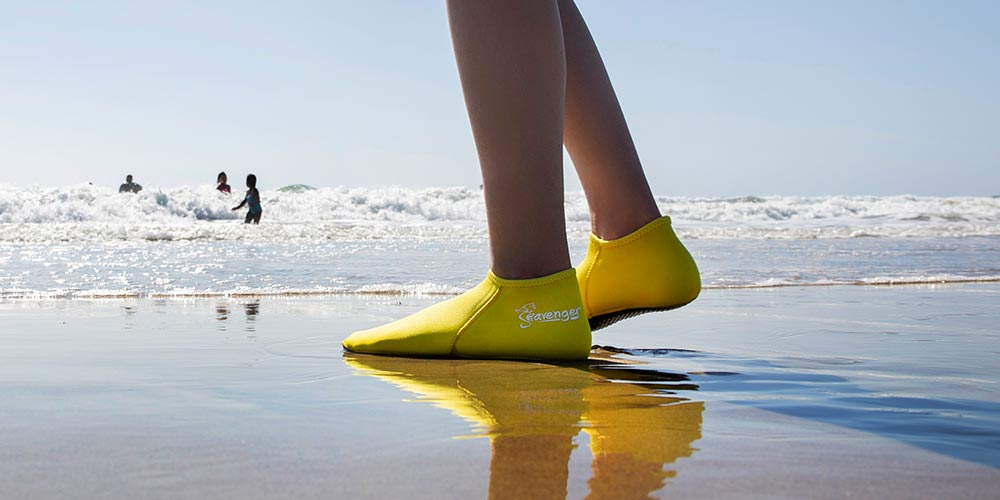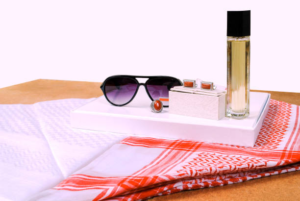From Socks to Shoes Journey in Fashion, Function, and Culture
The evolution of socks and shoes is a fascinating journey that transcends mere functionality, delving into the realms of fashion, culture, and innovation. Both these everyday items play vital roles in our lives, yet their significance often goes unnoticed. From the humble beginnings of foot coverings to the cutting-edge designs seen in modern footwear, the story of socks to shoes is a tale of human ingenuity, adaptation, and expression.
Historical Roots: socks to shoes
Socks have an ancient history, with their origins tracing back thousands of years. Early civilizations used rudimentary materials like animal skins, matted hair, and plant fibers to protect their feet from harsh environments. The first knitted socks, known as “nålbinding,” were discovered in Egypt and date back to 300-500 AD. These socks were designed to be worn with sandals, a testament to the functional needs of the time.
In ancient Rome, socks to shoes were known as “udones,” and were made of wool or woven fabrics. They were primarily worn by the upper class, signifying status and wealth. During the Middle Ages, socks became a symbol of nobility. As knitting techniques advanced, socks became more accessible, eventually evolving into the essential wardrobe item we know today.
Shoes: The Foundation of Footwear
Shoes, like socks, have an equally storied past. Early humans used animal hides and natural materials to create basic footwear that protected their feet from rough terrain. The oldest known shoes, discovered in Armenia, date back to approximately 3500 BC. These were made of a single piece of leather, stitched with leather cords to fit snugly around the foot.
As civilizations progressed, so did shoe design. In ancient Egypt, shoes symbolized social status, with the wealthy wearing ornate sandals made from papyrus and palm leaves. Greek and Roman civilizations advanced shoe technology, introducing boots and sandals with intricate designs for soldiers, athletes, and the elite.
The Middle Ages saw the emergence of distinct shoe styles, from pointed-toe designs to sturdy boots for laborers. By the Renaissance, shoes became a canvas for artistic expression, with elaborate patterns and materials reflecting the wearer’s social standing.
The Intersection of socks to shoes
The relationship between socks and shoes is symbiotic. Socks provide a barrier that absorbs moisture, prevents friction, and enhances comfort, while shoes offer protection and support. This dynamic pairing has evolved over centuries to meet the changing needs of society.
In the 19th century, the industrial revolution revolutionized sock and shoe production. Mass manufacturing made both items more affordable and accessible. Standardized sizing and innovative materials like rubber and synthetic fibers transformed the market, setting the stage for modern footwear and hosiery industries.
The Rise of Fashion: Socks and Shoes as Style Statements
The 20th century marked a turning point for socks and shoes, as they became key elements of personal style. Socks evolved from basic functional items to vibrant accessories that reflected individuality. Patterns, colors, and designs proliferated, offering endless possibilities for self-expression.
Shoes underwent a similar transformation. High heels, sneakers, loafers, and boots emerged as distinct styles, catering to various occasions and lifestyles. Iconic brands like Nike, Adidas, and Converse redefined footwear, blending fashion with performance.
The 1980s and 1990s witnessed the rise of socks to shoes featuring bold prints, logos, and slogans. Meanwhile, luxury shoe brands like Christian Louboutin and Manolo Blahnik elevated footwear to haute couture status, blending craftsmanship with artistic flair.
Technological Advancements: Innovation in Socks and Shoes
The modern era has seen remarkable technological advancements in the design and manufacturing of socks and shoes. Breathable fabrics, moisture-wicking technology, and anti-bacterial treatments have revolutionized sock production. Compression socks, designed to improve circulation and reduce fatigue, have become popular among athletes and travelers.
In footwear, advancements like memory foam insoles, lightweight materials, and 3D printing have enhanced comfort and performance. Athletic shoes now incorporate features like shock absorption, energy return, and specialized traction for different sports. Smart shoes equipped with sensors and connectivity features are pushing the boundaries of innovation, offering health tracking and personalized adjustments.
Cultural Significance and Symbolism
Socks and shoes hold cultural and symbolic significance across the globe. In Japan, traditional socks called “tabi” are worn with “zori” sandals as part of formal attire. Scottish culture celebrates the kilt with knee-high socks and ghillie brogues. In many cultures, removing shoes before entering a home signifies respect and cleanliness.
Shoes have often been used as symbols of power, identity, and aspiration. Cinderella’s glass slipper, Dorothy’s ruby red shoes, and the Air Jordans are examples of how footwear has captured the imagination in literature, film, and popular culture.
Sustainability: A Modern Imperative socks to shoes
The growing awareness of environmental impact has prompted the socks and shoes industry to adopt sustainable practices. Brands are now using recycled materials, organic fibers, and eco-friendly dyes to reduce their carbon footprint. Innovations like biodegradable shoes and plant-based sock fibers are paving the way for a greener future.
Companies are also addressing ethical concerns, ensuring fair labor practices and transparent supply chains. Consumers are increasingly choosing sustainable options, driving the industry towards more responsible production.
The Role of Socks and Shoes in Sports
Sports and athletic performance have significantly influenced the evolution of socks and shoes. Specialized socks with arch support, cushioning, and compression have become essential for athletes. Brands like Stance and Balega cater to runners, hikers, and fitness enthusiasts with high-performance designs.
Athletic shoes are engineered for specific activities, from running and basketball to soccer and tennis. Companies invest heavily in research and development to create footwear that enhances performance while minimizing the risk of injury.
Previous article; Yellow Lens Sunglasses to Their Style and Benefits
The Business of Socks and Shoes
The global market socks to shoes is a multi-billion-dollar industry, driven by innovation, branding, and consumer demand. Leading brands leverage marketing strategies, collaborations with celebrities, and cutting-edge designs to stay competitive.
E-commerce has transformed the way consumers shop for socks and shoes, offering convenience and access to a wide range of options. Customization has also become a trend, allowing customers to design unique products that reflect their personality.
Conclusion
The future of socks and shoes promises exciting developments. Smart fabrics, augmented reality (AR) for virtual fitting, and sustainable manufacturing will likely shape the industry. Personalization will continue to be a key trend, with advancements in 3D printing enabling bespoke designs at scale.
As technology and fashion converge, socks and shoes will remain integral to our lives, combining style, comfort, and functionality in innovative ways.
The journey from socks to shoes is a testament to human creativity, resilience, and adaptability. These everyday items have evolved from simple protective coverings to symbols of identity, culture, and innovation. As we look to the future, the continued evolution of socks and shoes will undoubtedly reflect the dynamic interplay of tradition, technology, and personal expression.











Post Comment